The lead photograph in this post was literally taken through the mists of time to capture the spot where history was made. Taken early on a foggy morning in a field beside a slow-moving river in March 2014, the scene may look completely nondescript at first, except for the monuments. But those monuments document the spot where the Allied invasion of Normandy began shortly after midnight on June 6, 1944, when three gliders carrying British troops under Major John Howard landed there to capture Pegasus Bridge.
The operation to take the bridge was an extraordinary affair. The day I visited the site, mist covered the landscape, but in the Pegasus Bridge Museum (formally the Memorial Pegasus) a photograph of the gliders on the ground afterward clearly shows the amazing precision of the pilots. The three Horsa gliders lie within perhaps a hundred yards of each other, and the tower of the Pegasus swing bridge over the Caen Canal is visible beyond the lead glider (although partially obscured by some trees in the viewing line).
On the day I visited, others had visited before and left wreaths of red poppies under the bust of Major Howard. The poppies made me think of Lieutenant Den Brotheridge. Brotheridge had been recommended for officer training by Howard. On June 6, 1944, he was 26 years old, played soccer, and his wife was eight months pregnant when he ran from his glider leading the 1st Platoon towards the bridge. Within five minutes of the gliders landing, the British soldiers had eliminated any resistance from the German troops defending the bridge. However, Brotheridge was found in the road across from the café on the other side of the bridge–he had been shot in the neck. He died there, just minutes after his sprint from the gliders only a few hundred yards away across the canal–the first Allied soldier killed by enemy fire that day, but destined to be far from the last. To me, the red poppies are a fitting tribute to Major Howard’s leadership, but are an even more poignant reminder of men like Brotheridge who gave their lives for the liberation of others.
As the 75th anniversary of the D-Day landings in Normandy approaches, there is no doubt that many history enthusiasts will visit museums and historic sites in France. Here in New Orleans, where The National WWII Museum originally opened as The National D-Day Museum in 2000, the original D-Day Invasion of Normandy exhibit depicting the greatest amphibious invasion in history still inspires visitors with the story of that day. In the exhibit’s gallery where a glider rests with a broken wing, the beret of Private Wally Parr is displayed in a case. Parr was the man who first reached Brotheridge lying in the road on the other side of Pegasus Bridge.
History remains alive for us to discover and treasure it, whether we cross a bridge and stand on the road in front of a cafe in Normandy, inspect a beret in a glass case in New Orleans, or remember through pictures and words the stories of those who gave their all for our freedoms today.
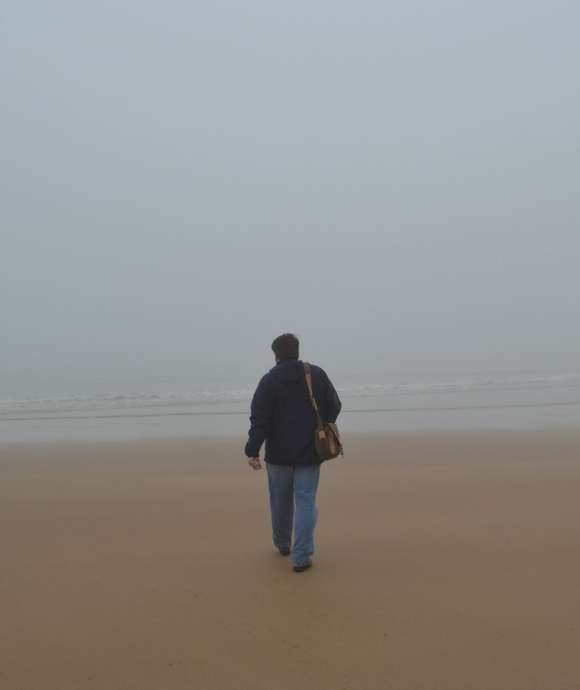
"No matter one’s age, travel is a unique and exciting educational experience. In my work, I have had the opportunity to reflect on history, events, and people in the places where they experienced life. Through the viewfinder, we can not only find history and perspective, but create memory, and evoke our evergreen past."
– Keith Huxen, PhD, Senior Director of Research and History, The National WWII Museum
Keith Huxen
Keith is the former Senior Director of Research and History in the Institute for the Study of War and Democracy at The National WWII Museum.
Cite this article:
MLA Citation:
APA Citation:
Chicago Style Citation:
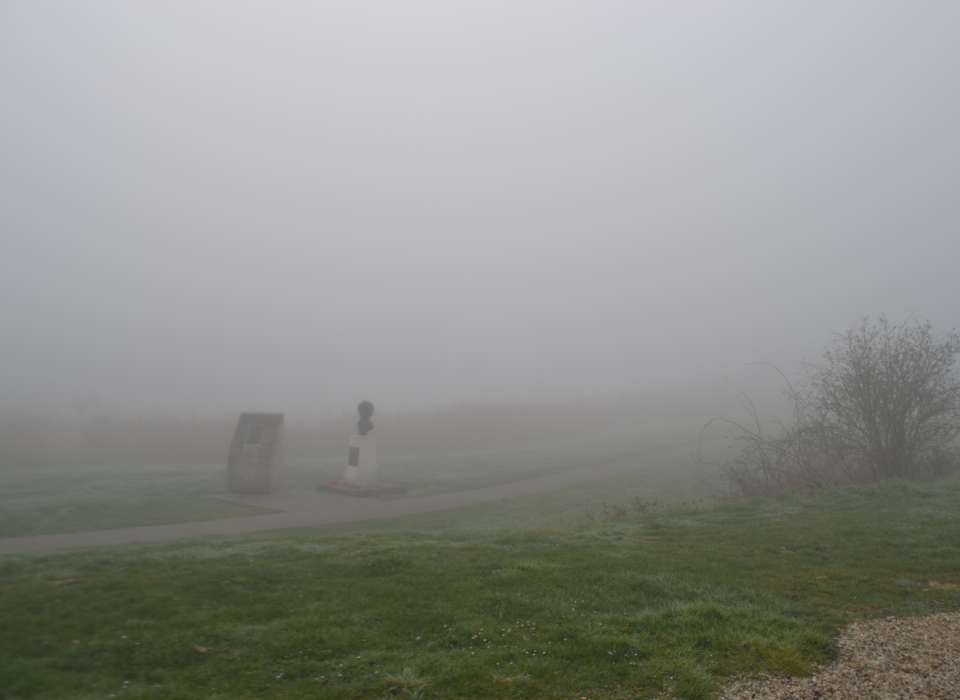
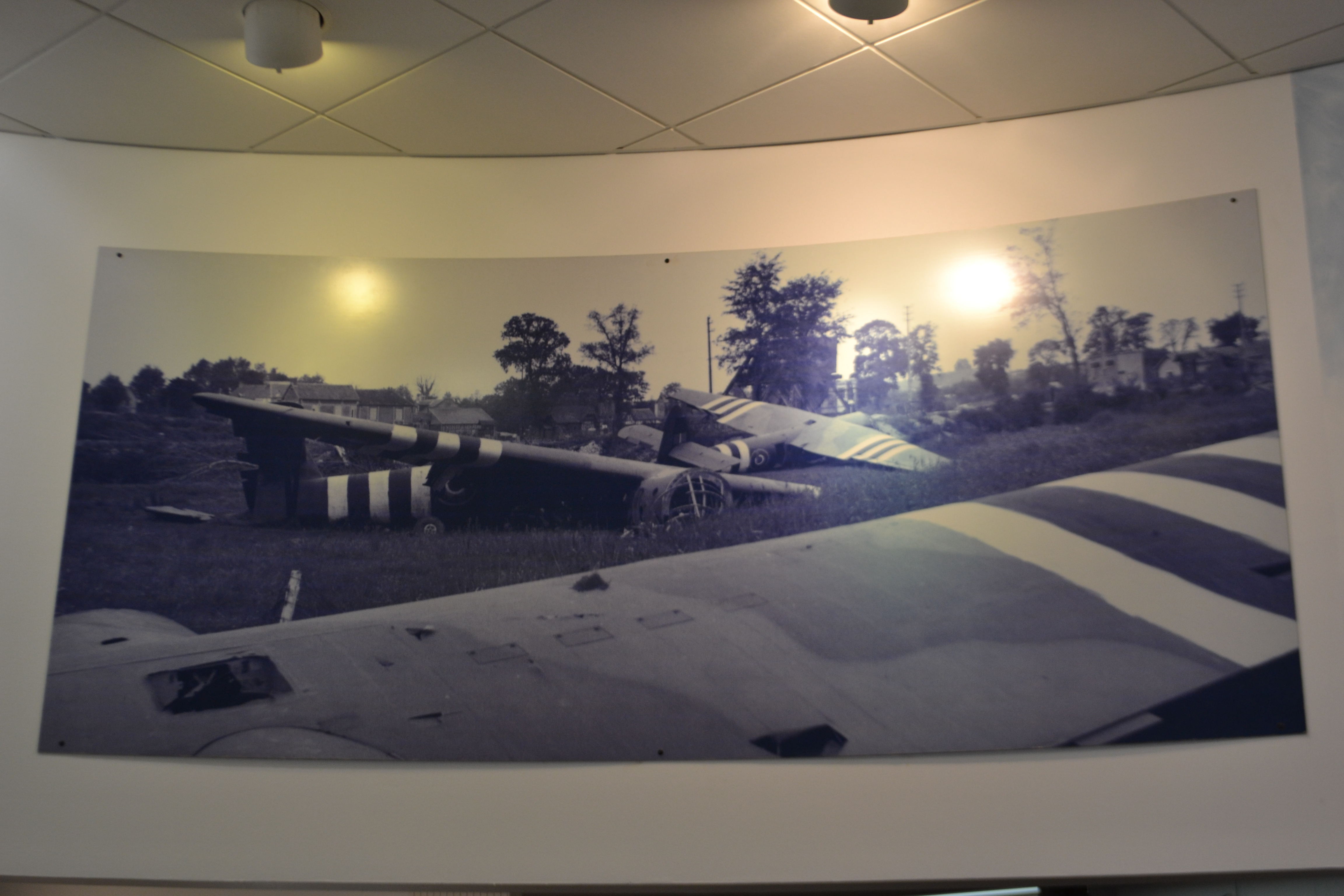
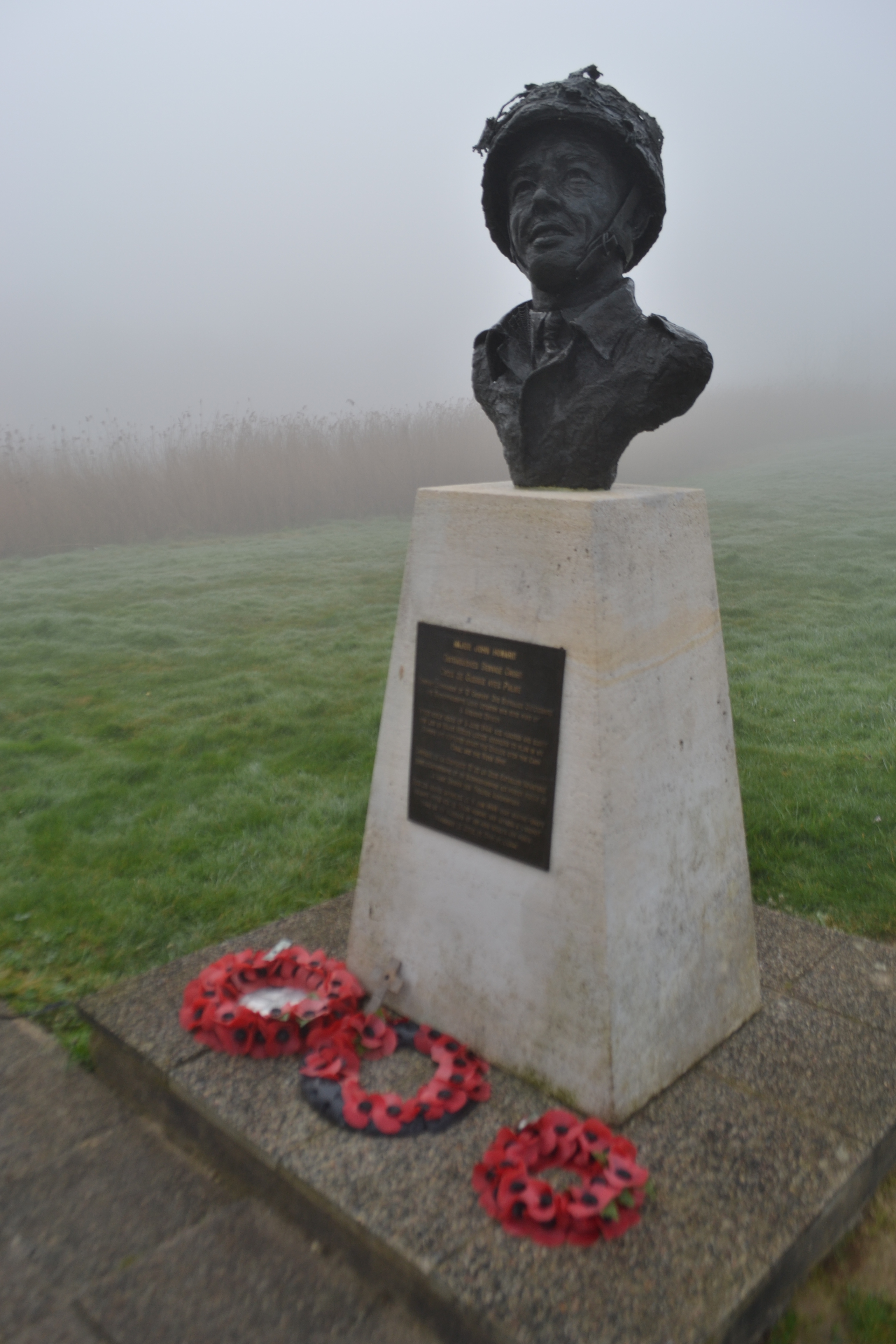
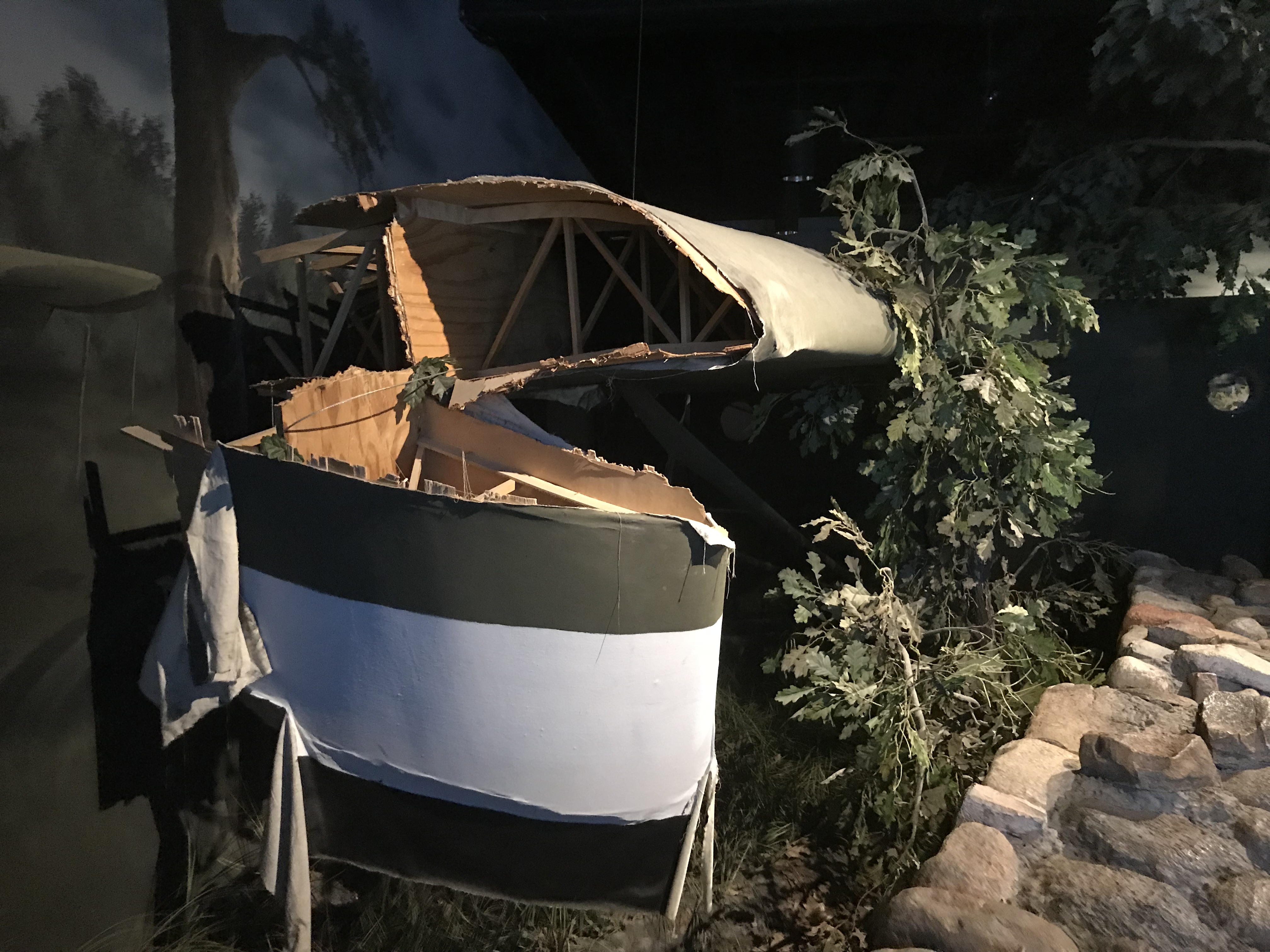

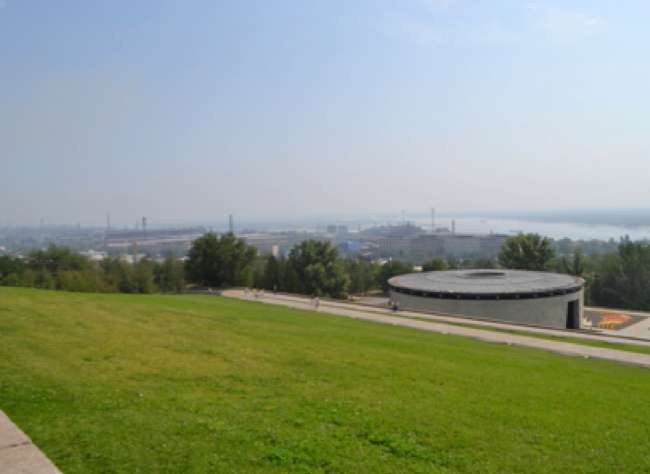
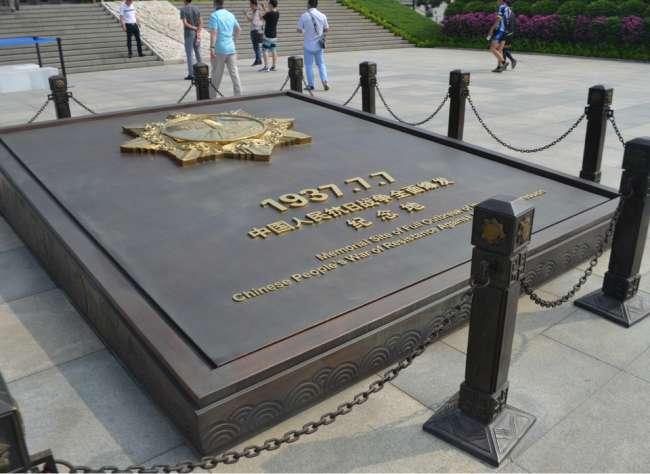
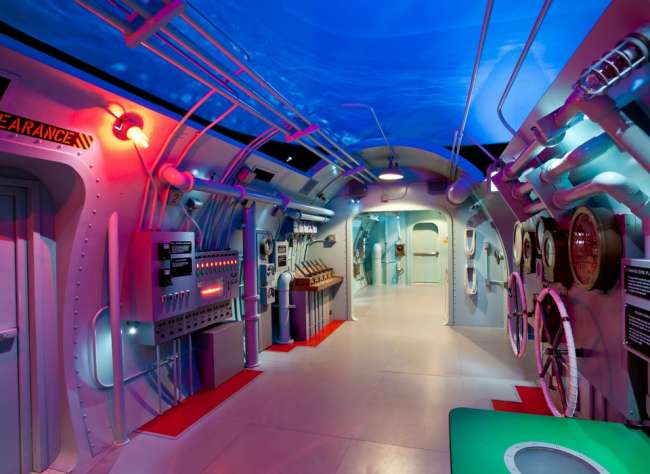



![Max Fuchs, New York City cantor, sings as Rabbi Sydney [sic] Lefkowitz, Richmond, VA, conducts the first Jewish services from Germany.](/sites/default/files/styles/max_650x650/public/2025-10/image1.jpg)



